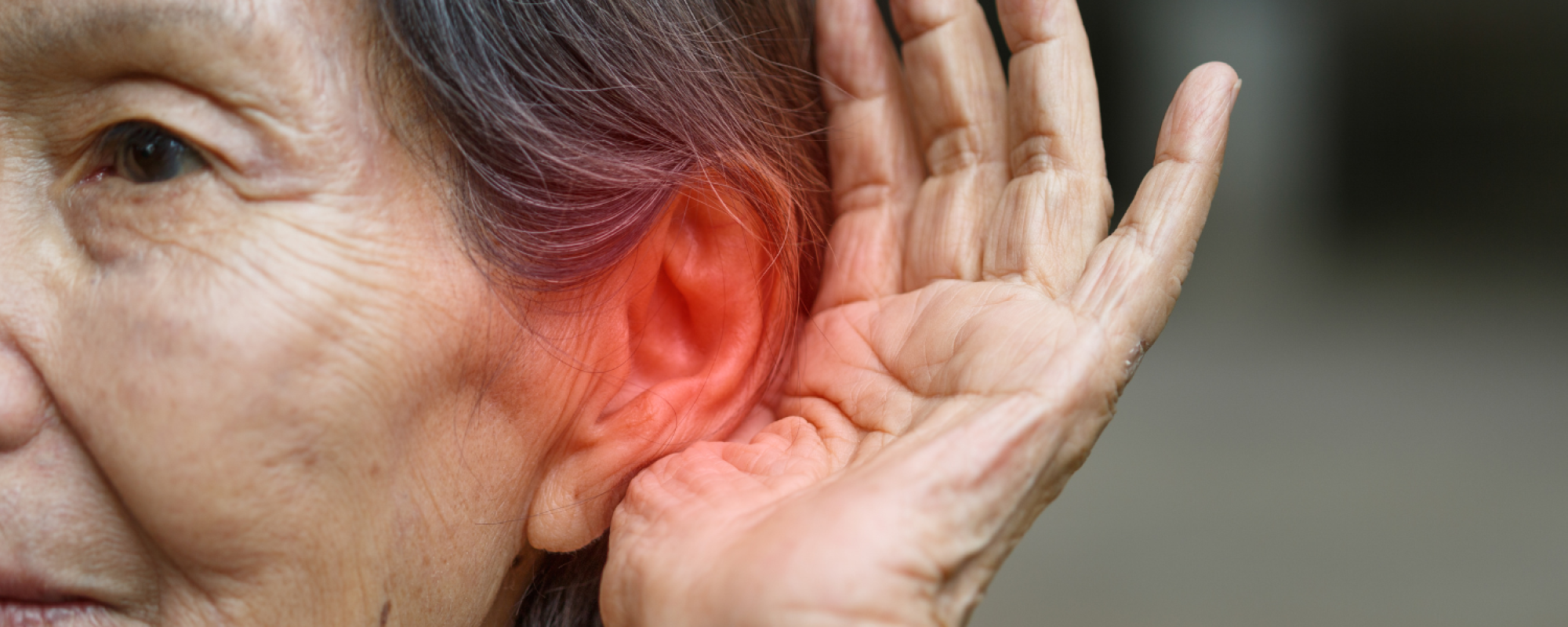Sensory Organs: Hearing/Vision
Older adults in PALTC settings frequently experience age-related hearing loss (presbycusis), macular degeneration, cataracts, and glaucoma. These sensory deficits not only impact their quality of life but also contribute to cognitive decline, social isolation, and an elevated risk of falls.
Unpacking the Implications in PALTC
- Intertwined Impact: The coexistence of hearing and vision loss, known as dual sensory impairment, can exponentially compound the challenges faced by older adults, necessitating integrated interventions.
- Communication Barriers: Hearing loss often leads to difficulties in understanding medical instructions, engaging in conversations, and can exacerbate feelings of loneliness.
- Mobility & Safety Concerns: Vision impairments raise the risk of falls and accidents, especially in unfamiliar settings.
Comprehensive Sensory Care
- Routine Screenings: Implementing regular auditory and ophthalmic examinations can help detect early signs of sensory loss, allowing timely interventions.
- Assistive Devices & Rehabilitation: Provision of hearing aids, cochlear implants, magnifying devices, and white canes. Additionally, orientation and mobility training, auditory rehabilitation, and low vision services can prove beneficial.
- Environmental Modifications: Ensuring well-lit spaces, eliminating trip hazards, installing handrails, and using high contrast colors can aid visually impaired residents. Soundproofing rooms and employing alerting devices assist those with hearing deficits.
- Interdisciplinary Collaboration: Involvement of audiologists, ophthalmologists, occupational therapists, and rehabilitation specialists in crafting individualized care plans.


